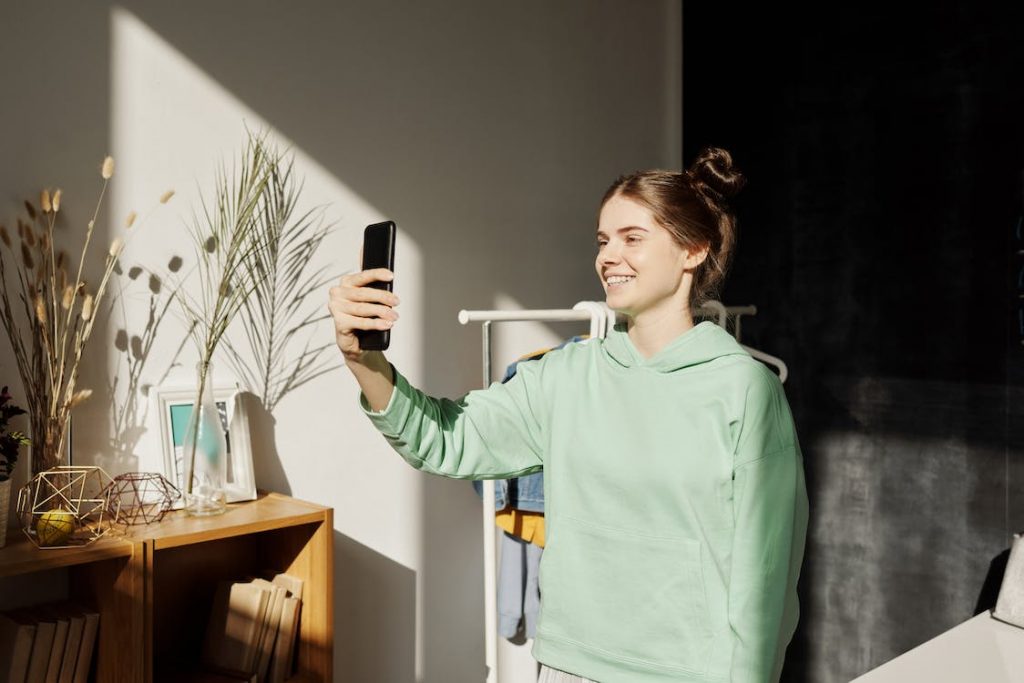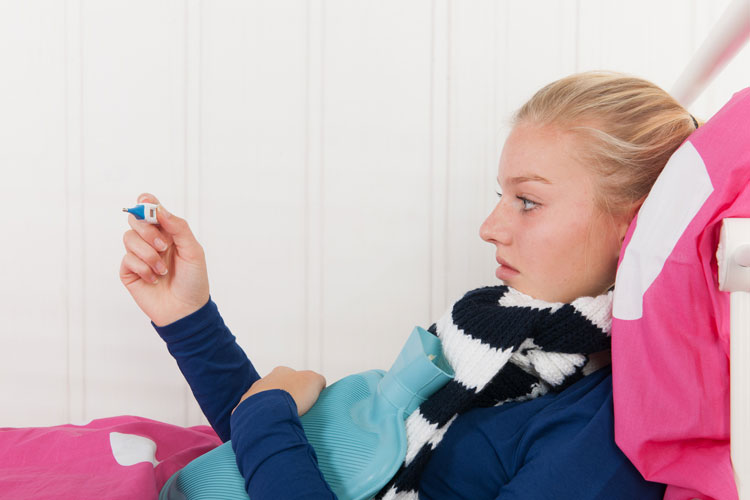Nowadays, there’s a lot of talk about how the digital age is affecting our children. From social media addiction to cyberbullying, it’s clear that being online can be very harmful to teenagers.
However, we often forget that one of the biggest issues that parents should be aware of is eye strain from too much screen time. It’s important not to overlook simple steps like taking care of your child’s eyes to prevent any serious issues later on down the road, like macular degeneration.

Here are some tips on how you can help protect your teenager’s eyes while they’re staring at screens all day long:
Blue Light Is Not the Problem
The amount of time we spend looking at digital screens is more damaging to our eyes than looking at blue light in itself. When you’re staring at a screen, it’s easy to forget that your eyes are still working, and they can be strained by this extended focus on one thing.
According to Exploding Topics, globally, people spend an average of 6 hours and 58 minutes looking at screens every day. In America, the average is 7 hours and 4 minutes per day. This can lead to eye strain, headaches, and dryness in the eyes, which can all make you feel less productive if they persist for long periods.
Blue light has been proven beneficial for our bodies because it promotes alertness while helping regulate circadian rhythms. So don’t worry about limiting your kid’s screen time too much.
Monitor the Time Your Teenager Spends in Front of Screens
It’s important to monitor the amount of time your teenager spends in front of screens, as well as the type of screen. Keep track of how much time your kid is spending on all devices, TVs, computers, and phones, and make sure it’s not too high. If it is, take action.
If you notice that your teenager is spending too much time on their devices, more than 3 hours a day, then you can set a timer for them when they sign in to the internet. Then you can use this time as an opportunity to have conversations about life and its more important things like eating healthy food or going outside to play with friends.
Teach Your Teenager to Take Regular Breaks
Your teenager’s eye health is important, so teach them how to take regular breaks from digital devices.
Taking frequent breaks is one of the best ways to prevent vision problems caused by device usage. Studies show that the effect on eye health can be as harmful as smoking a pack of cigarettes per day. If you have trouble getting your teen off their phone?
Here are some tips:
- Pick a time when your teen will most likely comply.
- Set an alarm or timer for every 30 minutes. This will remind them it’s time to get up and go do something else before they lose track of time again.
Avoid Dry Eyes and Eye Strain by Blinking Regularly
According to ResearchGate, more than 93.9% of students who spend more than six hours on a digital device report suffering from digital eye strain. When it comes to digital eye strain, the most important thing you can do is teach your child how to blink properly.
Most people only blink 15-20 times per minute, and this causes dry eyes and other problems. To ensure that your child is blinking enough, have them close their eyes for five seconds at a time every 10 minutes or so.
If you notice that your teenager’s eyes are not as bright as usual or seem unusually red or irritated on occasion (especially after using electronics), this could be a sign that they’re experiencing digital eye strain and need more breaks away from screens to give their eyes some rest.
Encourage Your Teenager to Exercise Outdoors
Your teenager is probably spending most of her time in front of a computer or phone. This means she’s not getting enough exposure to natural light, which can affect her mood and health. Statista says Americans spend less than 8% of their time outdoors.
The American Academy of Ophthalmology recommends that children and teens get at least 60 minutes outdoors daily. Not only does this help their mental health, but it also helps with eye growth and development, plus it reduces the risk of nearsightedness (myopia).
Make Sure Your Teen Sees an Optometrist and Wears Good Quality Eye Glasses
When it comes to your teen’s eyes, it’s important to remember that they are still developing. Getting their eyes checked regularly is crucial for helping ensure they can see well as they grow older. As a parent, you should make sure your teen sees an optometrist every year or so and wears good-quality eyeglasses if required.
You can get your teen the best eyeglasses by searching “eyeglasses near me” on the internet. Opt for frames made with high-quality lenses. They should be scratch-resistant and have nose pads that don’t pinch the skin around the nostrils.
If possible, choose eyeglasses with adjustable temples because this will allow you and your child more flexibility when trying them on before purchasing them from an eyewear store.
Conclusion
If you’re concerned about the effects of digital devices on your teenager’s eyes, remember that there are many things you can do to help them stay healthy. The first step is to make sure they know what their eyes need and how to take care of them.
You can model good habits by taking regular breaks from screens yourself and encouraging physical activity outdoors as much as possible. If your teen gets dry or irritated eyes, it may be time for an eye exam with an optometrist specializing in children’s eye care.












